Testing A Model For Affordable Home Ownership
We broke ground on our first for-sale starter home this month in Bradford, VT that could prove to be a viable model for affordable home ownership across our region.
Hey — Jonah here. This is Brick + Mortar where I talk about the acquisition, financing, design, construction, and operations of small-scale real estate development projects.
Something I’ve often wondered recently — can you build and sell an energy-efficient 3BR/2BA starter home that’s affordable to a family with two income earners making $25/hr?
Not some slap-it-together, single-wide doghouse. But a nice, respectable home.
After a year of building Réal Hazen Construction, we’ve got the all-star mix of crew, subs, and suppliers to give it a shot.
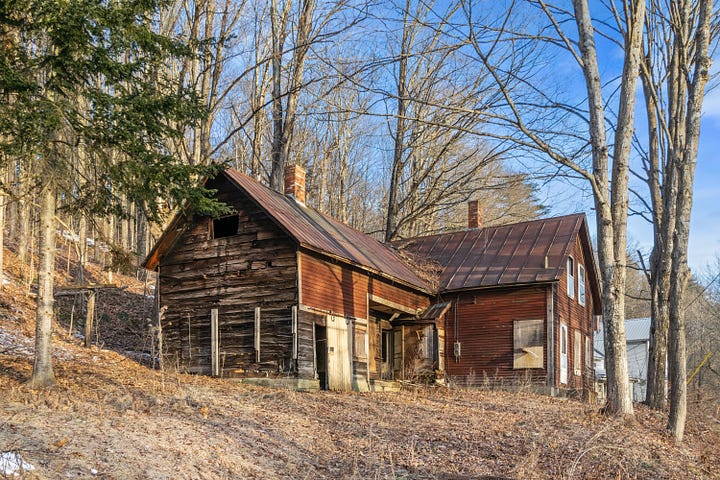
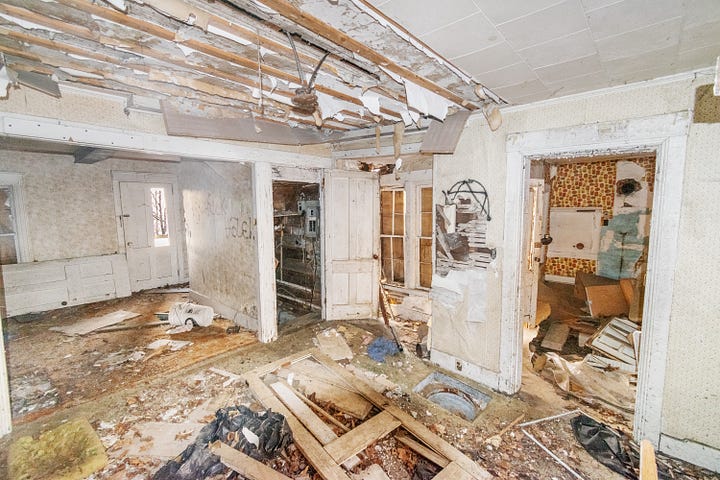
So the saga starts.
We bought this house in Bradford, VT for $20,000 earlier this year.
Judging by the graffiti, empty Twisted Teas, and solicitations to call Toby for a good time, this was the after-hours stomping grounds for many a local high schooler.
Much to Toby’s chagrin, the house was quickly demolished.
I love a good restoration story, but this isn’t it. 271 N Pleasant was too far gone. Decades of abandonment and neglect forced our hand there.
271 N Pleasant is sited on a half acre lot along a quiet street within walking distance to downtown. It’s also on town water and sewer.
In our mind, it’s the perfect location for a starter home.
There’s a lot of focus across the state on developing affordable rental housing. And, at Village Ventures (my real estate development company), we play our part, currently working on several multifamily housing projects with 50+ units in the pipeline.
But there’s far less focus on affordable homeownership. Local organizations like Habitat For Humanity and non-profit developers can tackle a handful of projects a year max. A drop in the bucket compared to what’s needed.
For-profit developers gravitate towards the higher end of the market — better margins, more qualified buyers, and sexier projects.
We’re in a unique position, though.
There aren’t many small-scale developers that have affiliated construction companies. We do.
We’re fortunate to have some of the area’s best carpenters and subs on our team. Furthermore, this gives us the advantage of being able to react in real time to things that happen on the ground during construction and change directions quickly when needed. As a result, we should be able to build more efficiently.
Our goal is simple — the new house should be:
Big enough for a small family
Affordable for a family with two income earners making $25/hr
Extremely energy-efficient
To this end, we engaged Dan Haedrich of Backtilt Studio in Norwich, VT as our architect.
A 1,280sf, 3BR/2BA home he designed won Efficiency Vermont’s Best of the Best award in 2022 and we plan to copy that.
No sense in designing something from scratch when we already have a product that works. The hard part is getting construction costs down to where our target family can afford it.
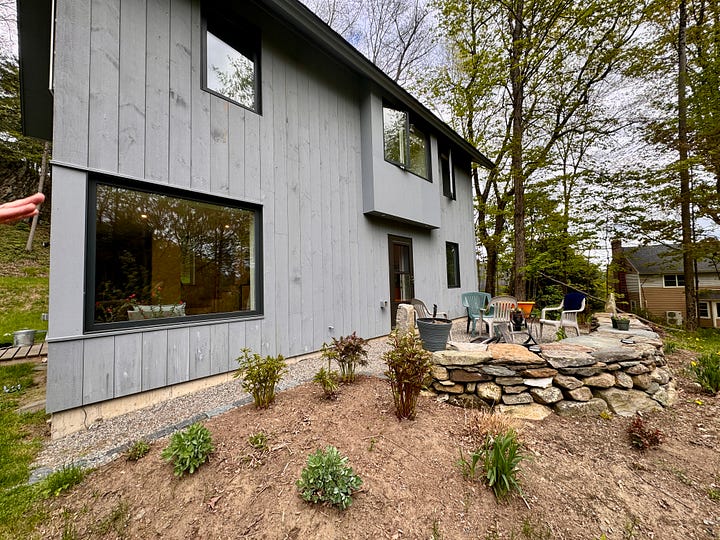
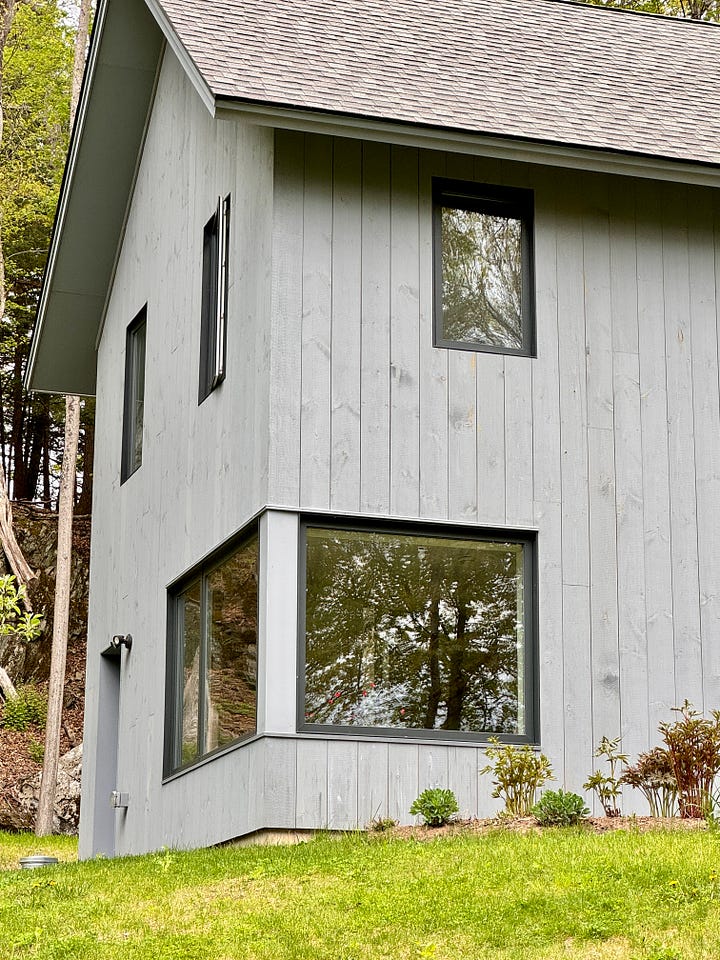
Two income earners making $25/hr make a combined $104,000/yr.
According to national standards, housing is affordable when less than 30% of gross income is spent on living costs.
Some simple math reveals our max sale price: $399,900.
$399,900 doesn’t get you too far, though.
Here’s how that breaks down:
$280,000 in hard costs is only $200/sf.
Optimistic? Very.
But I think it’s doable.
And if it works, then we have a repeatable model that we can replicate on other vacant lots in our region. Perhaps even scaling further by partnering with local non-profit developers.
Until next time.
— Jonah 🧱
P.S. Want to connect? Find me on LinkedIn.


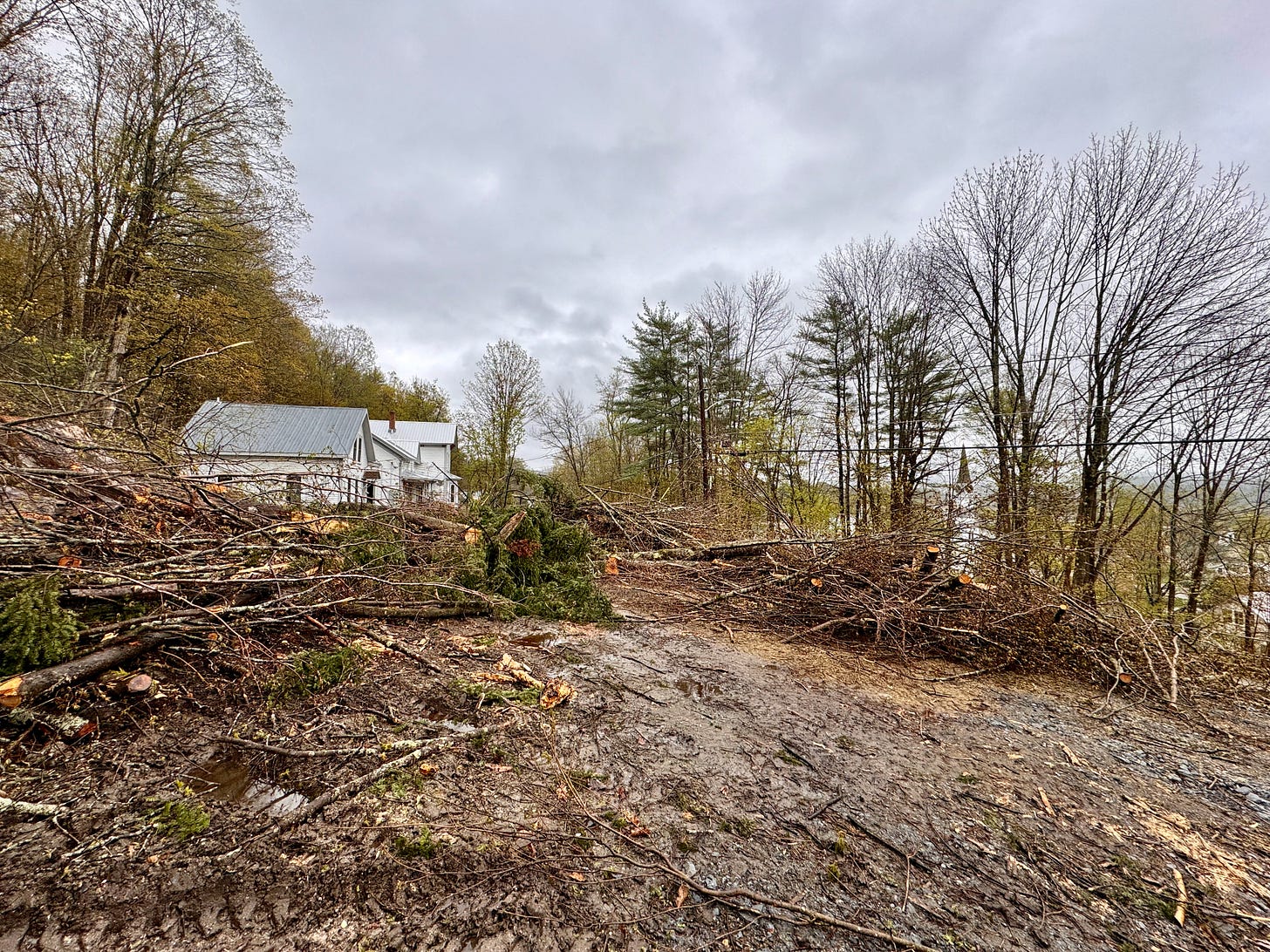





Big fan of the work you’re doing in VT. I’m relocating to the Berkshires starting this week to scout workforce development opportunities. It would be great to connect!
Wondering about your cost of funds. Were you using any lower interest development loan products like VHFA's construction loan guarantee or the Upper Valley Loan Fund (employer funded) through Evernorth?